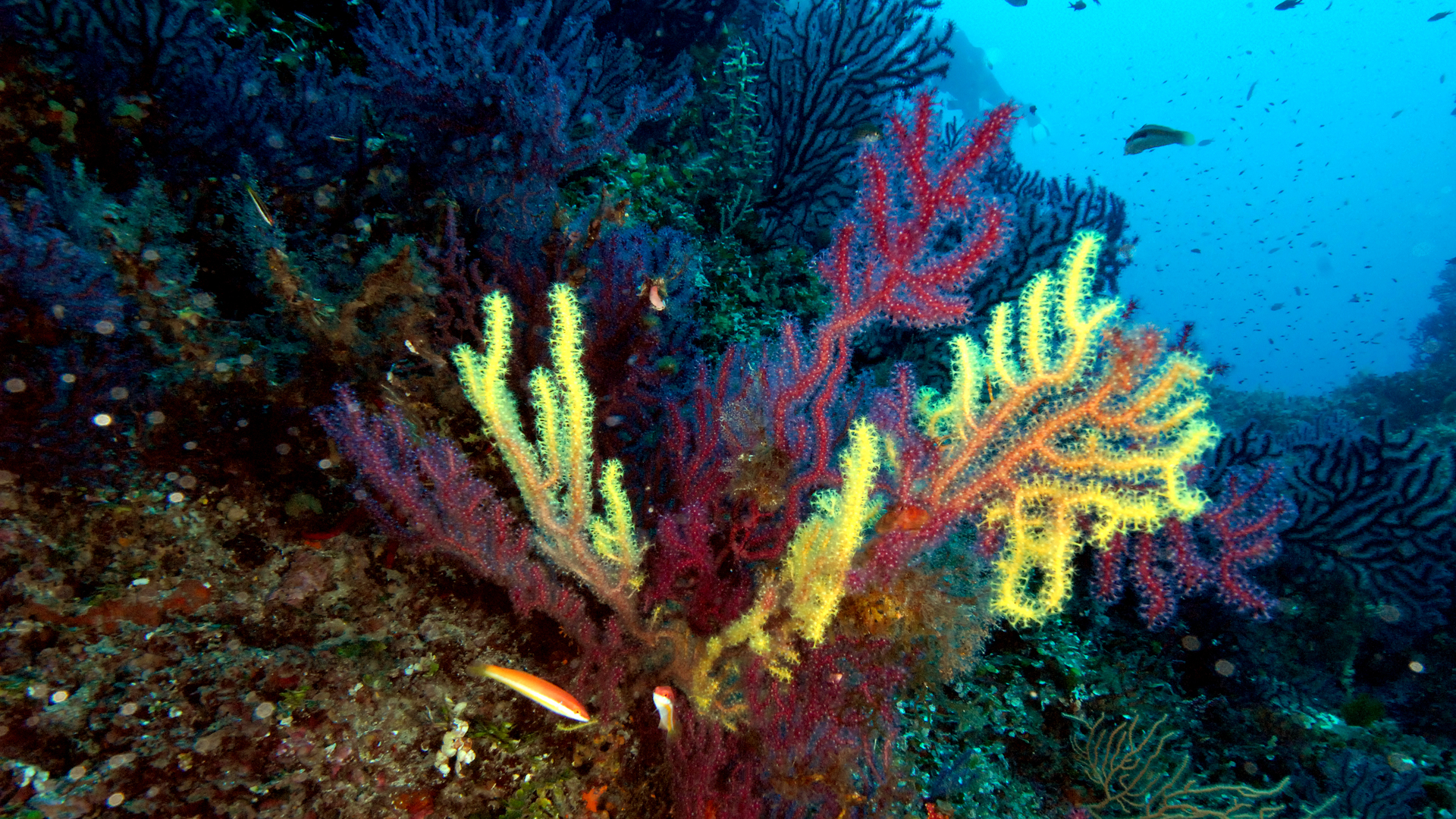Dates / Project duration
October 2022 - December 2024 / 27 months
Increase knowledge of biodiversity Conservation of endangered species
Monaco

France, Italy
Université de Perpignan Via Domitia
?Gorgonian (coral) forests are biodiversity hotspots composed of long-lived engineer species that play a crucial role for coastal habitats and contribute to ecosystem services. In Mediterranean ecosystems, gorgonians increase habitat biodiversity and are blue carbon sinks, with the two main coastal species sequestering 1.5 g/cm2 per year.
Gorgonians are vulnerable to environmental stressors, particularly increasing temperatures, causing mass mortality events (up to 60% biomass loss) and associated loss of biodiversity and ecosystem function. In modern conservation ecology, we have moved from the concept of conservation of the species to conservation of its function in the ecosystem. The ecological function of gorgonians depends on the density and structure of the forest that serves as shelter for a myriad of species. If forest density falls below a minimum level, the coral loses its carbon-sequestering functionality. Assessing the minimum number of gorgonians needed to form a forest that acts as a guarantor of biodiversity is therefore necessary to identify a minimum conservation unit and set a management and conservation target.
Listening to the hidden life of the forest is one way to fill this gap. The sounds of many invertebrates and fishes form a specific acoustic fingerprint that reflects animal communities (diversity, abundance, behavior, etc.) and different environmental states, as has been shown in other habitats. Acoustic fingerprints are therefore relevant indicators for habitat functionality (biodiversity, behavior), which can also be measured in dense inaccessible forests.
This project proposes to collect these acoustic fingerprints in three marine protected areas (MPAs) with gorgonian populations under different conditions. For each MPA, areas with different gorgonian densities will be selected: diversity, richness, density, size and structure of the gorgonian forests will be measured by divers in areas of about three by three meters. At the same time, the sounds of the forest will be recorded and quantified using a network of compact hydrophones and an acoustic mapping method that allows to locate each sound and to measure the diversity and abundance of the sounds. Areas without gorgonians (for control), will be studied in parallel in each MPA in order to evaluate an acoustic index of the functioning and conditions of the habitat to define the best conservation plan for gorgonian forests.

